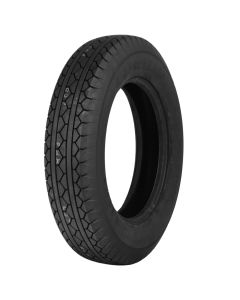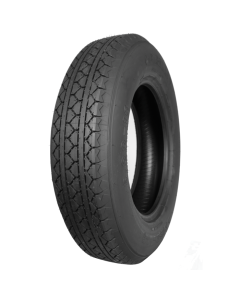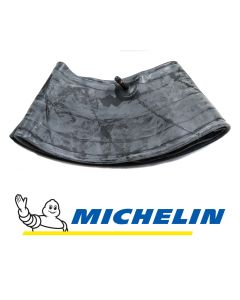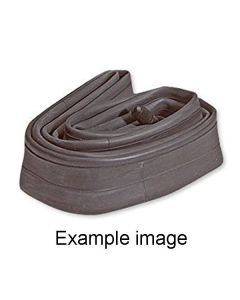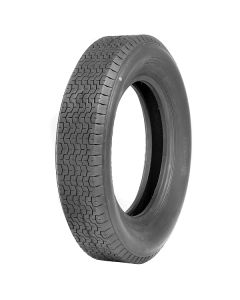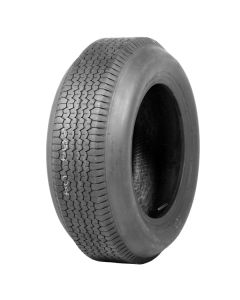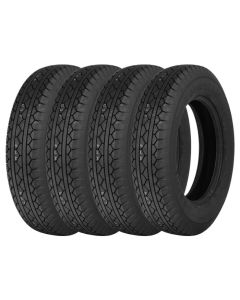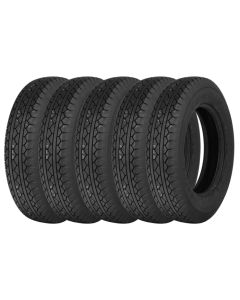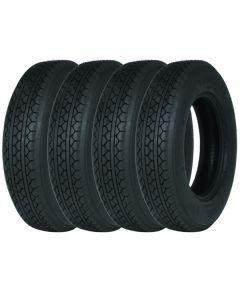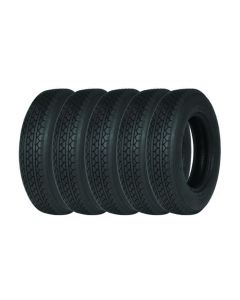Maserati 250F Tyres
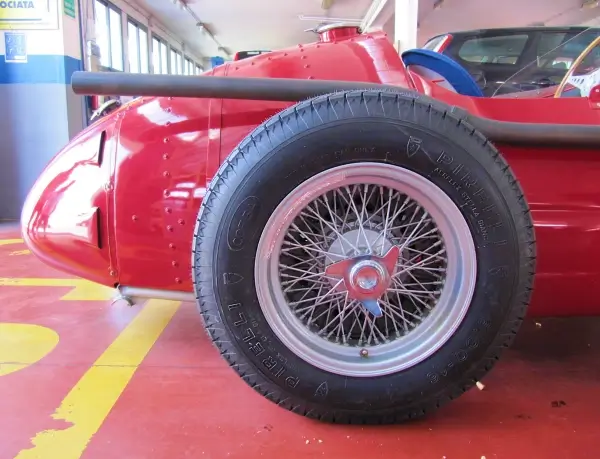
Maserati 250F on Borrani Wheels and 6.00-16 PIRELLI STELLA BIANCA Tyres
Maserati 250F 1954–1958
- The Maserati 250F changed its wheel and tyre fitment to suit the different tracks, weather, and drivers.
- Generally speaking the front tyres on the 250 F were either 525 - 16 or 550 - 16 Pirelli, Englebert, or Dunlop Racing R1 tyres.
- The 250F’s 4” front wheel, the RW 2963 Borrani is ideally suited to the 500/525-16 PIRELLI STELLA BIANCA. There is not another performance crossply in the size 525-16.
- Another perfect front tyre option for the front of a 250 F Maser on either the 4” or the 5” RW 2957 Borrani is the 5.50-16 PIRELLI STELLA BIANCA.
- There is a wide variety of rear wheels that would have fitted a variety of sizes, Pirelli also make the 6.00-16 PIRELLI STELLA BIANCA which would match these period fronts.
- The PIRELLI STELLA BIANCA range are currently the only genuine period performance cross ply tyres available in these sizes.
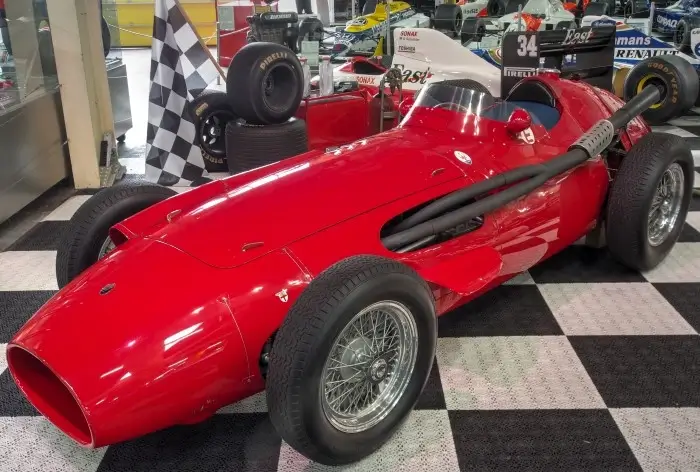
Maserati 250 F on 5.50 x 16 R5 Dunlop Racing Tyres
- The Stella Bianca or the Pirelli Stelvio were tyres actually used on the Maserati 250 F in period.
- Dunlop no longer make the period R1 tread pattern in 16”, they now make R5 or Dunlop Racing CR48 the low profile Dunlop Racing R6.
- 5.50 x 16 R5 Dunlop Racing are the commonly used front tyre on a 250F because the R5 are FIA homologated tyres.
- 6.00 x 16 R5 Dunlop Racing or 6.50 x 16 R5 Dunlop Racing R5 are used as rears. It is a shame these Dunlop Racing R5 tyres are a 1958 tread pattern.
- The 6.00 L 16 CR48 (R6) Dunlop Racing and 6.50 L 16 CR48 (R6) Dunlop Racing are a later lower profile technology that might be allowed on the 250 F in some race series.
- The Maserati 250F back in period sometimes fitted 700 - 16 tyres on the rear or even 17” wheels on some race tracks where they wanted longer gearing.
- Wire wheels should have innertubes in them, for 550-16 tyres we suggest the Michelin 16E. For 600-16 and 650-16 Michelin 16F are the innertubes we consider the best.
- If you want a racing tube with a metal valve stem, we also have the 550-650X16 Race Innertube.
See below for a story from Alf Francis’s book showing how Stirling Moss’s 250F handled far better on Pirelli tyres than on Dunlops.
Maserati 250F Pirelli Tyres
A motoring enthusiast recalls a story from Alf Francis’s book about working on Stirling Moss’s Maserati 250F — when the team reluctantly swapped the Pirellis for Dunlops and the car’s handling fell apart. Only after refitting the Pirellis did Moss regain control, demonstrating the Pirelli's superiority on the track.
" Dougal Cawley I remembered reading Alf Francis's book, he went to Modena to look after Stirling Moss' 250F while it was being built. He said that the Maserati personnel found it odd that Moss wanted the throttle to the right (they still preferred the centre throttle pedal), and the seat set further back (they preferred the seat closer to the steering wheel, while Moss had his arms outstretched driving), but did it anyway...
But when Alf Francis mentioned that, as part of Moss' sponsorship with Dunlop, it would have to be fitted with Dunlop tyres, they were indignant. They said that they knew what tyres work best for their cars, and the Pirellis would stay. Francis decided not to argue, as he felt that they will need the factory support when fighting the Mercedes Benz team, so keeping on good terms is key. He removed the Pirellis and put the Dunlop tyres on after the car left the factory...
But on Moss' first race on the 250F at Bordeaux, he struggled with handling on the damp track. Francis found it odd, as there's absolutely nothing wrong with it when Moss tested it at Modena. The only thing they changed were the tyres...
So he borrowed a set from the Pirelli tyre depot and flagged Moss in for a tyre stop. The car was transformed with the Pirellis and Moss did a great recovery drive to regain lost places... "
Maserati 250F History
The Maserati 250F was an Italian racing car that competed in '2.5 litre' Formula One racing between January 1954 and November 1960. There were just twenty-six copies produced in total. The SSG 220 bhp (@ 7400 rpm) 2.5-litre Maserati A6 straight-six engine powered the 250F. The 250F featured ribbed 13.4" drum brakes, wishbone independent front suspension, and a De Dion tube axle.
The 250F made its debut at the 1954 Argentine Grand Prix, when Juan Manuel Fangio scored the first of two victories before joining the new Mercedes-Benz team. Stirling Moss raced his own privately owned 250F for the whole 1954 season, while Fangio won the Drivers' World Championship with points earned with both Maserati and Mercedes-Benz. Prince Bira was another driver who preferred the 250F. A 5-speed transmission, SU fuel injection, and Dunlop disc brakes were added in 1955. Jean Behra led a five-man labour team that included Luigi Musso. Stirling Moss won the Monaco and Italian Grands Prix in 1956, both in factory cars.
By the 1958 season, the new rear-engined F1 vehicles had completely surpassed the 250F. The vehicle, however, remained popular among privateers, like Maria Teresa de Filippis, and was used by back markers throughout the 1960 F1 season, the final for the 2.5-litre format. With 277 entrants, the 250F raced in 46 Formula One championship races, winning eight of them. The success of the 250F drivers was not restricted to World Championship events, with several non-championship races won across the world.


